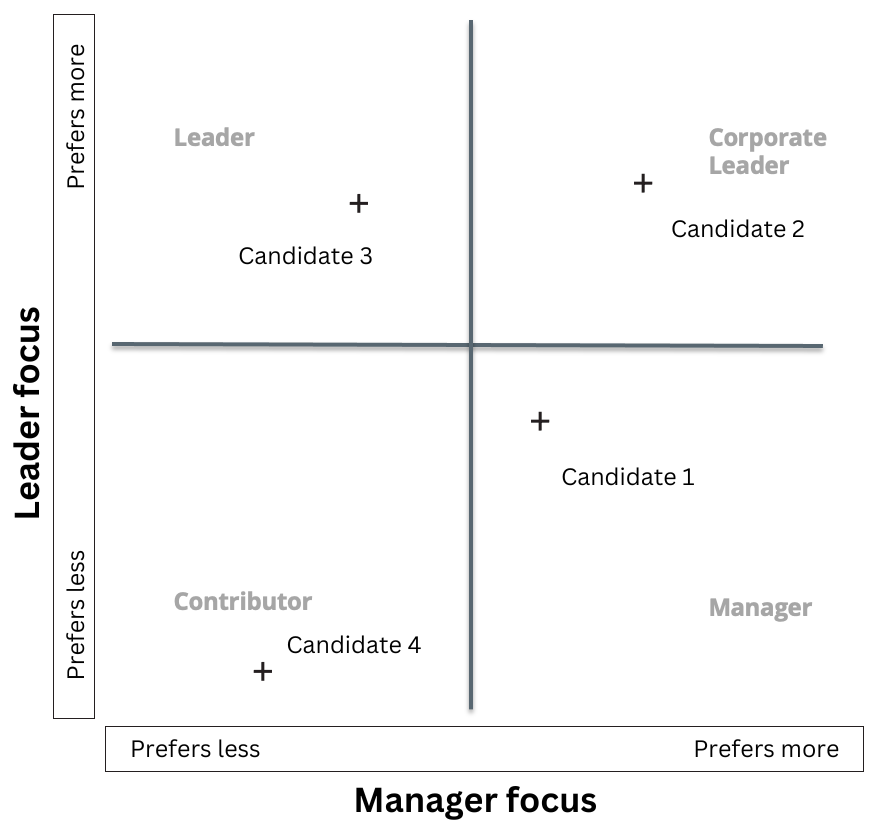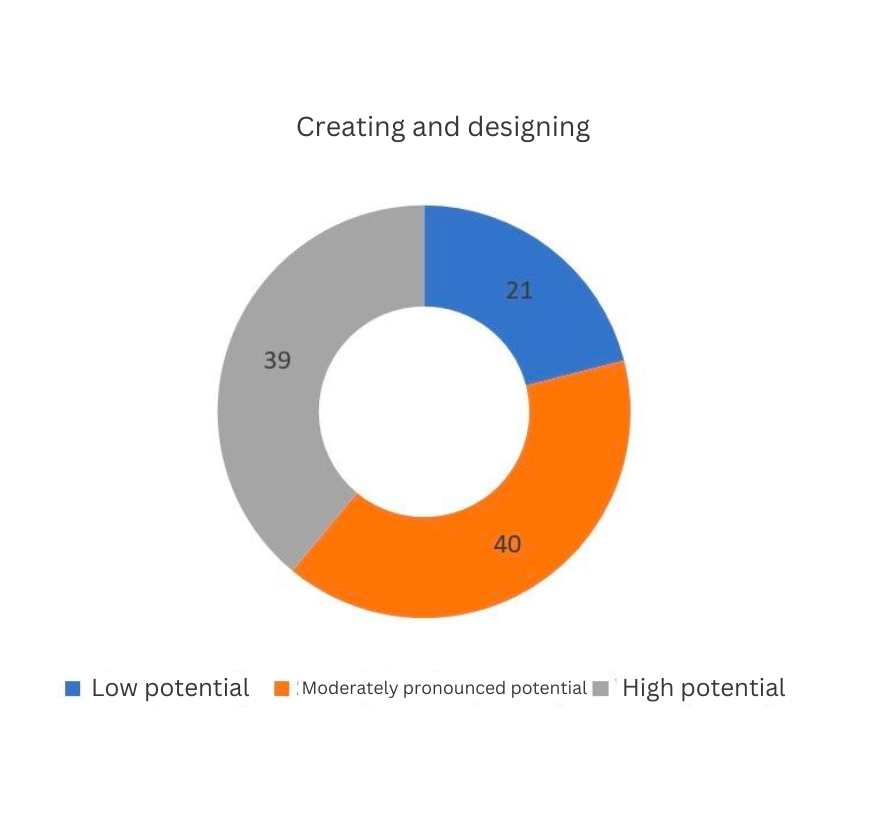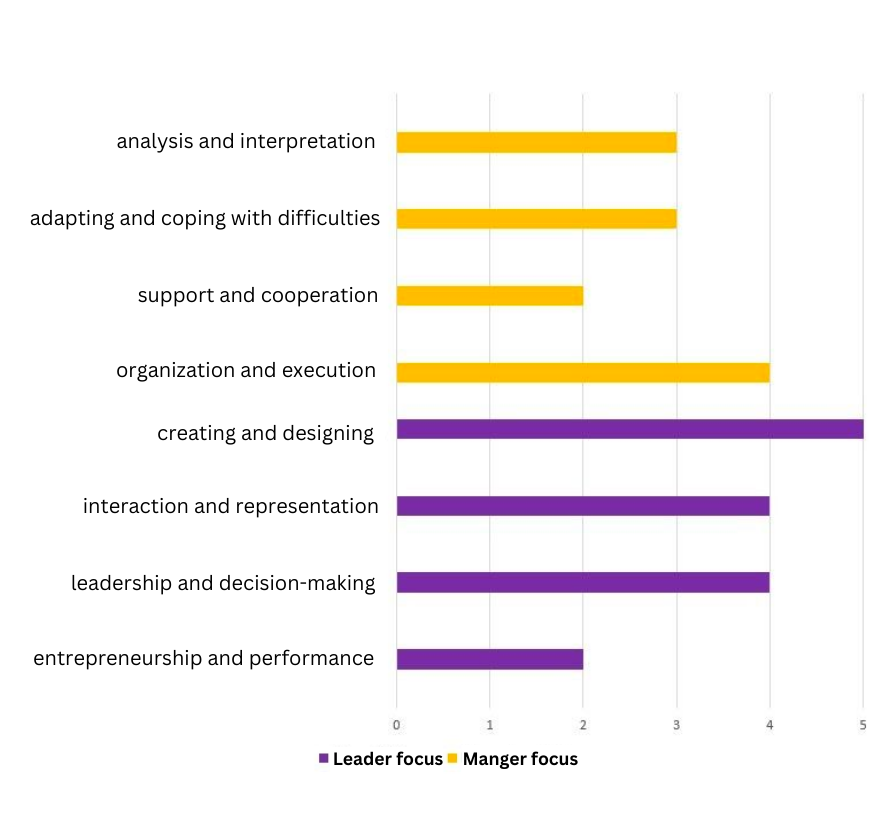
How to recognize leaders in your team?
Are leaders born or made? Contrary to the popular belief that leadership qualities are something you are simply born with, a leader is made. Every person, or in our case – an employee, has certain leadership qualities. How to recognize them in your team?
Not every employee is the same, and neither are their abilities. It often happens that employees are not even aware that they have qualities that guarantee their success in leadership positions, simply because they have never seen themselves in such a role. And here we come to the most important role of HR in the company - the development of employees and their potential.
PsyConsulting is an SHL partner that helps HR to set up new employee selection assessments, but also how to approach employee development. SHL developed a methodology based on the psychology of individual differences and psychometrics 40 years ago. The goal was to construct business-relevant psychological tests that were specifically developed to assess employees' competencies, based on which their performance and further development in the team can be predicted. The great advantage of the methodology is that it was created by psychologists for the use of HR and business with the aim of a simpler and better understanding of people and their abilities in the modern business environment.
In Serbia, they cooperate with different industries, and often with IT companies, to help their HRs, like you, to recognize which of the employees are ready to move to a higher position and how to influence their potential development in order to be as effective as possible in their role.
Together with them, we have prepared a text for you that will help you see what you should look for when evaluating who in the team is ready to move to the next position and take on more responsibility in the company.
What makes a leader?
Every leader is different and has different leadership styles. In an ideal world, a leader should fulfill four leadership functions, namely:
1. Ability to develop a vision
2. Sharing goals with the team
3. Gaining the trust of the team
4. Achieving success and results
In order to successfully perform all four functions, it is necessary for them to have managerial (transactional) and leadership (transformational) competencies.
Managerial (transactional) competencies ensure that systems function effectively and that specific goals are achieved.
Leadership (transformational) competencies ensure that new systems are created and that changes in the way of thinking are influenced and that people in the company are inspired to achieve even more than the set expectations.
What does it look like for each function?
1. Ability to develop a vision
In order to successfully lead the further development of the company, leaders must analyze the current situation and come up with new ideas that will help them create a new strategy for development.
Managerial competencies: analysis and interpretation of data
Leadership competencies: generating new ideas and concepts
2. Sharing goals with the team
A leader is not a leader if he does not have a team behind him that does not believe in the goals they should achieve together. That is why it is necessary for a leader to be able to successfully communicate goals to his team, but also to be able to adapt to the changes that come with the establishment of a new strategy - which shows the rest of the team that change is really possible.
Managerial competencies: adaptation and resourcefulness
Leadership competencies: interaction with the team and presentation
3. Gaining the trust of the team
To gain the support of the team, leaders should first provide support to the team but also motivate them to implement the necessary steps that will lead them to change.
Managerial competencies: support and cooperation
Leadership competencies: leading people and making decisions
4. Achieving success
In order to achieve tangible results, leaders must have the abilities that will lead them to success, such as business efficiency and insight.
Managerial competencies: planning, organization, and execution of tasks
Leadership competencies: entrepreneurship, commercial thinking, and achieving goals
Depending on which competencies represent the leader's strength, to that extent the strength of the leadership function will be highlighted and reflected in a certain leadership style.
How to evaluate these competencies?
Before you even begin to assess the leadership competencies of the people in your team, it is necessary to determine what are the current challenges your company is facing and what kind of people you need.
Every team is different and without a clear goal of what you want to achieve with this assessment, no test will mean much to you.
- Do you want to achieve better team organization?
- Do you want to help the development of current employees, so that they can reach higher positions?
- Do you want to find out what the leadership styles of your current Team Leads are?
- What abilities are key to you for the further development of the company?
These are just some of the questions that PsyConsulting asks its associates before they start evaluating their employees.
Case Study
Since in this text, we deal with the topic of recognizing leadership potential in the team - we will use a practical example of one of the projects they had the opportunity to work on.
- Together with the company's HR and their Senior Team Lead, they assessed the current challenges the company was facing and defined competencies according to the positions to gain insight into each individual's leadership potential.
- For these purposes, the participants filled out the Occupational Personality Questionnaire (OPQ32), a questionnaire designed to assess preferred styles of behavior in the business environment.
- The database with answers is automatically mapped on the platform (Talent Central Platform) with the competencies and preferred leadership styles of each individual employee.
Why did they use this pattern and assessment of preferred behavior styles to understand leadership potential?
Because personality preferences are the best predictors of leadership performance (in addition to cognitive abilities) and group performance (predicting team-level performance).
By assessing leadership potential (i.e. the factors that influence the behavior shown by leaders) you can predict future behavior and potential, i.e. further opportunities for successful performance, as well as to identify employees who have more pronounced potential in terms of competencies than they currently show. Such employees have the potential for the fastest advancement in the hierarchical line with adequate development.
How are the results interpreted?
As we mentioned above – depending on which functions they are more or less proficient in, each leader has their own leadership style.
Thus, we can distinguish four styles for each leadership function, depending on the extent to which certain abilities are manifested.

When all the results are collected, they are analyzed at the group and individual levels.
This way you can see where you are as a team - which competencies are your strengths, and which competencies you need to work on in the coming period.

On an individual level, you can see which of your colleagues is ready to take on more responsibility and how to work on his development to fulfill his potential in the team.

What next?
Well, you choose together how you will work to further develop the team with this knowledge that you now have.
Whether that means reassigning people within the team, establishing a mentoring program where you bring together people with different strengths to learn from each other, or forming new workgroups – it's up to you.
Just always remember that although everyone exhibits a certain set of abilities – stepping out of your comfort zone is always challenging, so it should be done gradually.
Developing new competencies that may not be the employee's natural tendency must always take place so that he can always rely on his natural strengths.
If you think you have leaders in your team, but you don't know how to approach the development of their abilities in the right way, the PsyConsulting team is here to help you with a detailed assessment and the right advice for further development.


